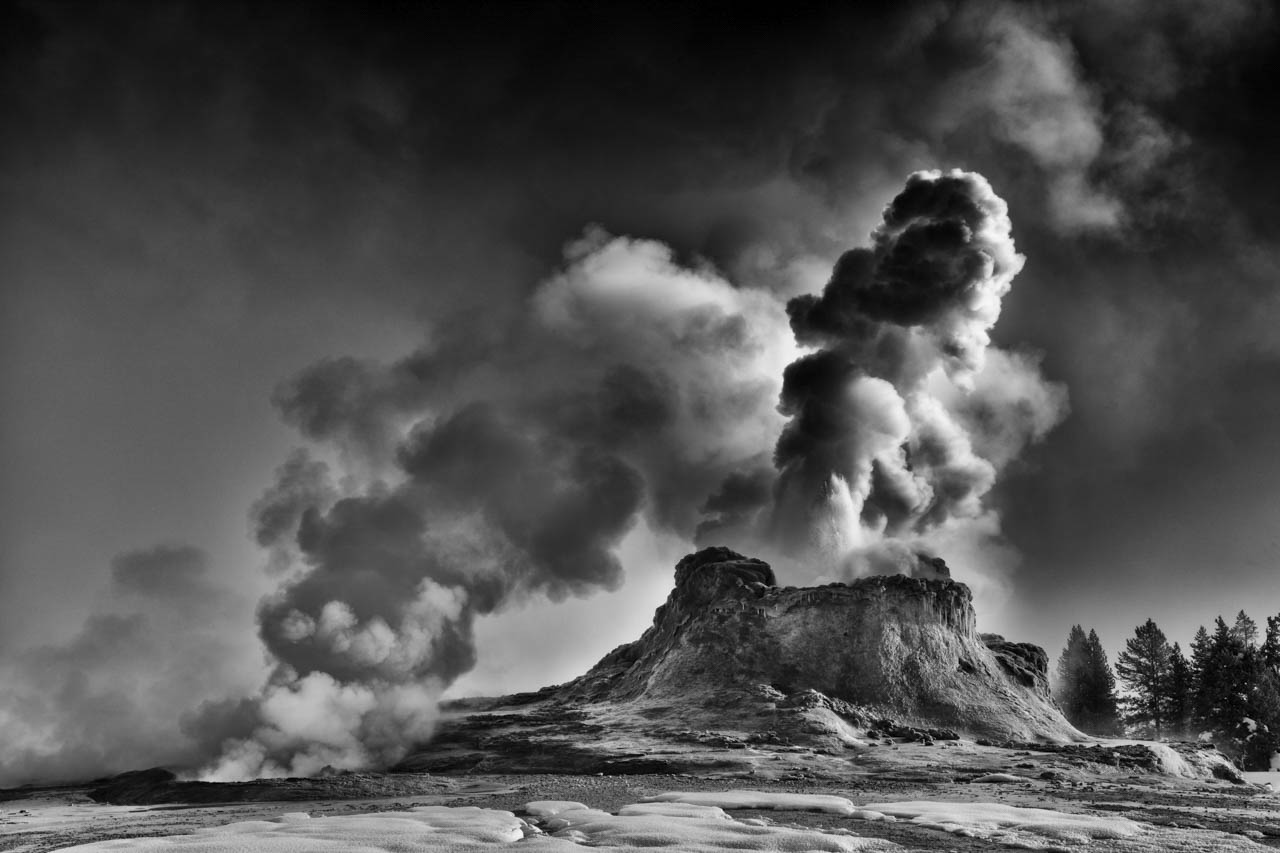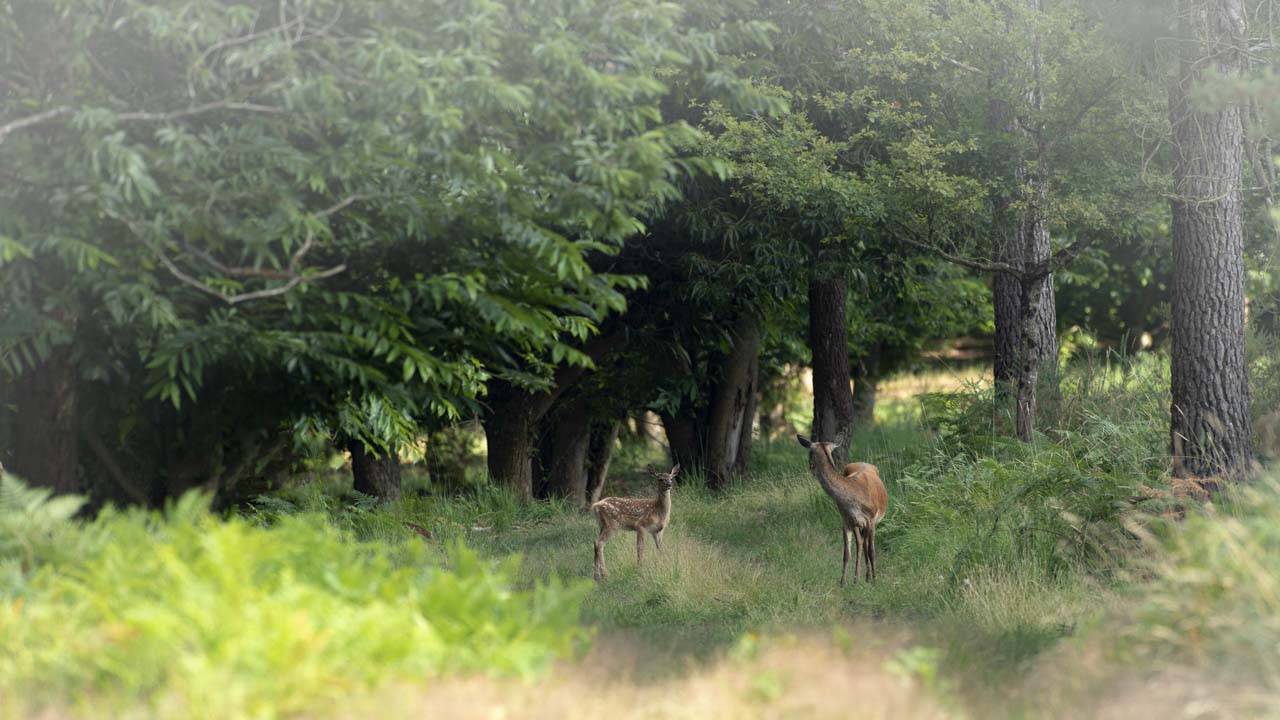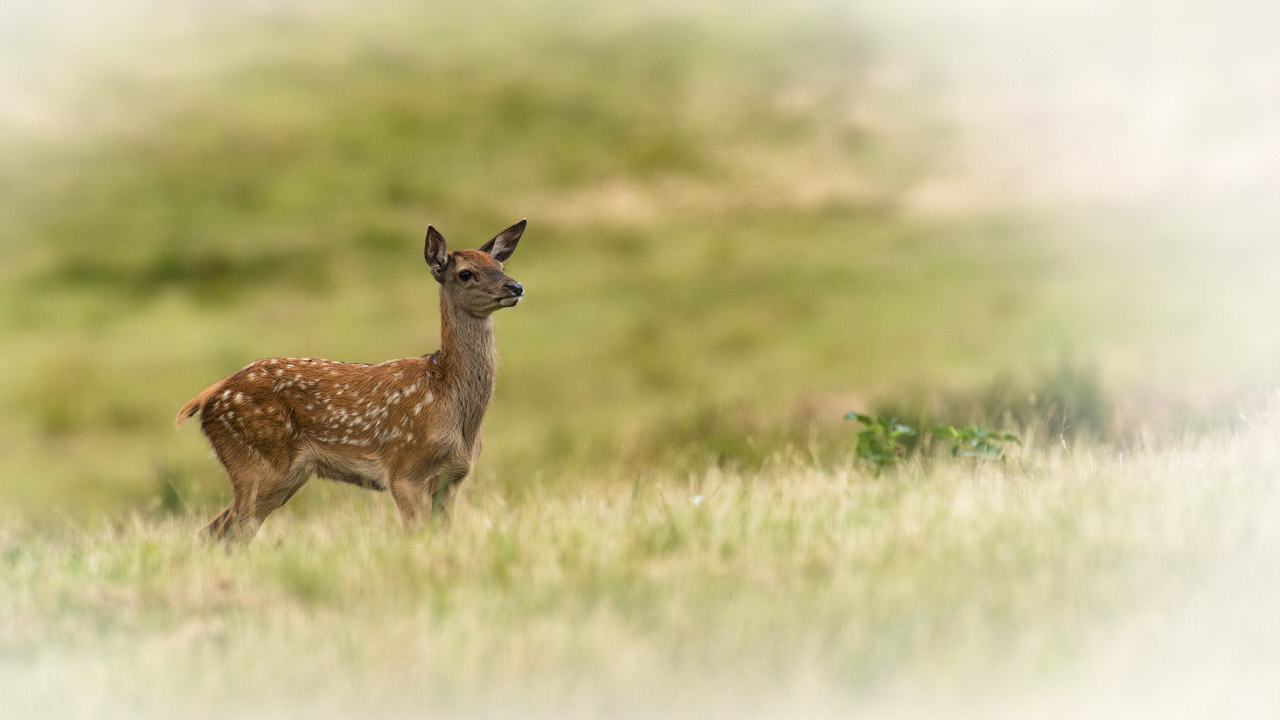The Universe to Create a Photographic Story

The Universe and the Event are essential to Create a Photographic Story
The universe is the setting in which the character will evolve.
The setting must be comprehensible to the viewer or reader. It must be familiar. The setting must be coherent and interesting.
The audience needs to be convinced of its potential reality. If you want to apply this universe principle to your photos, you'll need to choose your scenes carefully.
For example, in wildlife photography, you'll choose a forest, a steppe, a meadow, mountains. This is the setting.
This is the negative space I've talked about in several articles. It's the box that will hold your subject. The viewer must identify it perfectly.
As always, to hold your audience's attention, this universe has to be believable. Viewers must be able to relate to it.
If you're creating just one photo, the choice of decor is unique. It's so easy.
If you decide to create a series of photos, you need to be careful to keep each one consistent.
For example, if you choose to tell the story of a migratory bird living in wetlands, always choose marshes for your backdrops.
If you create a disturbance, you'll lose the viewer's attention.
An Event
Now that the character and his world are defined, if nothing happens, the story is likely to be boring.
It is going to be a long time coming.
That's why, in every good story, something happens.
You need an adventure. It's this event that must spur the hero or main character into action. Never forget that a good story must change the hero. It must transform him.
The main character has to get out of his comfort zone.
If there's no event in a story, it becomes boring, long and uninteresting.
In a good story, the hero is driven to action. He must have an adventure. The hero must have a goal.
Never forget that the hero needs to undergo a transformation, a change in attitude. He must leave his comfort zone.
For example, in the movies, the hero must avenge his family or save the planet. Themes abound.
But the most important thing is that he changes his attitude to achieve his goals.
In a good story, the main character is always motivated to act by the event.
This is how the audience understands the meaning of the film and holds its attention.
You need to do the same with your photos.
Adventure and Action
The plot's twists and turns and action allow the story to unfold, telling the story of the main character (the hero) throughout the story.
Since you can't reach the end of the story too quickly, you need to create obstacles and twists.
Adventure and action form the heart of the story. These are the challenges and dangers the main character must face.
Along the way, the hero encounters opponents he must defeat. They will do everything in their power to prevent the main character from achieving the goal he has set himself. They don't want him to change.
It's these adventures, this action, these dangers that threaten the hero that will hold and maintain the viewer's attention.
Audiences love the pitfalls, the twists and turns, the encounters along the way.
You must never forget that when man was first born, he learned to fight ferocious animals to survive. It's inscribed in our reptilian brain.
We always enjoy watching or listening to stories involving danger. By putting ourselves in the main character's shoes, we relive situations that characterize us.
A Resolution
You should always bear in mind that a good story is always about a main character (a hero) who takes on a challenge, wants to achieve goals by transforming himself.
For an audience to be interested in a story, there always has to be an end: that's the resolution.
The main character's transformation takes place along the way.
The resolution of a story is to show that it has achieved its goals. Sometimes he doesn't, but he has succeeded in transforming himself. In fairy tales, the resolution is also what we might call the moral of the story.
Whether negative or positive, a story's epilogue must show the audience the consequences or impact of the transformation on the central character, his loved ones and his world.
The audience needs to find a message. They need to learn a lesson from the story. Even if a resolution isn't necessarily a happy ending, an ending is always satisfying.
It's the perfect way to end a story, whether fair, happy, sad or depressing.
The story justifies the choice of this ending, if no other.
Now that you've understood what a story is in general, you need to apply it to your photos.
I'll share a few ideas with you.
What Is a Photographic Story?
To tell a photographic story, you can use one or more photos.
With several photos, it's sure to be easier for you, as each one will tell a different story.
Even if you use a visual medium, photography remains a static medium, unlike video, where images are animated.
Let me remind you that a good story should respect the following magic formula: "a hero, a main character, has philosophical problems, internal or external. To solve them, he needs a guide to suggest a plan. The guide will also spur him into action. The hero follows a road strewn with pitfalls to reach his goal. He will transform himself until he reaches his resolution.
If you create several photos, you begin to glimpse the possibilities of a scenario.
In the rest of this article, I'll share with you what a scenario is. If you're only creating one photo, you're going to ask me, but how do you tell a story, especially with a nature theme?
For example, how to tell a story with a photo of a tree. Here are a few tips:
- Keep it as simple as possible. Choose to tell an easy-to-understand, intuitive story.
- Use emotions like joy, anger, sadness, etc. You need to put yourself in the shoes of an audience that will connect emotionally with your photos.
- Never represent real life. Art should make you dream and escape. Even if the public projects itself into your photos by imagining its everyday life, it must transcend it.
Telling a Story With a Photo
Telling a story with a photo can seem difficult, because in a split second you have to show a character who wants to transform himself to achieve a goal.
He's looking for a guide to give him a plan of action to overcome his internal, external and philosophical problems. How to do it in one photo? You have to involve the viewer's emotional side. A photo is limited to a frame.
The number of elements you place is limited. Each must have impact; each must speak to the viewer.
Let's take each element of a story. What I also call ingredients. Let's look at how to create a recipe to give impact to a photo.
The subject of your photo is the main character or hero of your story. For example, this subject could be an animal, a tree, a fish, a flower, a mountain, etc.
Whatever the case, it must be perfectly identifiable by the viewer and, above all, plausible.
It doesn't have to be a faithful representation of reality. For example, in my case, I really like the black and white style. Yet nature is colorful. When I show a mountain, a tree or a deer, everyone can identify it.
When you arrive on a scene to photograph, you need to identify the main element: the one that will catch the public eye.
If you're taking wildlife photos, be patient before observing the animal's attitude and position.
The subject must evoke an emotion, convey a message, express a feeling. It can be joy, sadness, dismay, melancholy, strength, and so on.
You need to be able to qualify what you're photographing. The suggestion you make to the viewer will make him or her mentally create the same story as you.
If you don't see the story, then the viewer won't either.
When I mentioned the character's internal, external or philosophical problems in a story, and if you only have one photo, these problems are actually the ones you're going to suggest with your main subject.
Often, the guide can't be present in the picture. Once again, it's the suggestive power of your images that will enable the viewer to find the guide.
Let's take a concrete example. If in a photo you have a doe and her fawn, you can consider that the subject is the fawn. Its aim is to grow up and become a doe or a flaming stag.

To do this, he'll have to face predators like man, wolf, bear and lynx. In nature, dangers are many and varied.
His mother, the doe, will accompany him. She'll be his guide. She'll show him what he needs to eat to grow, how to avoid danger, where to find shelter, and so on. She'll help him overcome the dangers of nature.
After a few years, he'll become a doe or a stag, having undergone a successful transformation to reach his goal.
Now let's take the example of this photo with a fawn without the doe. The main subject is always the fan. He still has the same goal and the same problems to face. But in this photo, the guide is nowhere to be seen.
Yet this photo tells a story. It's the one I imagined, and the one I'd like you to imagine.

In creating this photo, I thought of a fawn playing on a plain. His mother, his guide, was nearby. I chose to show the carefree spirit of childhood, to awaken in you the happy moments of this period of life.
You knew your parents weren't far away and that they'd be able to meet your needs and help you grow.
I can repeat the argument of the previous photo, but instead of having a story described visually, this is a suggestive story that appeals to emotions and memories.


Add comment